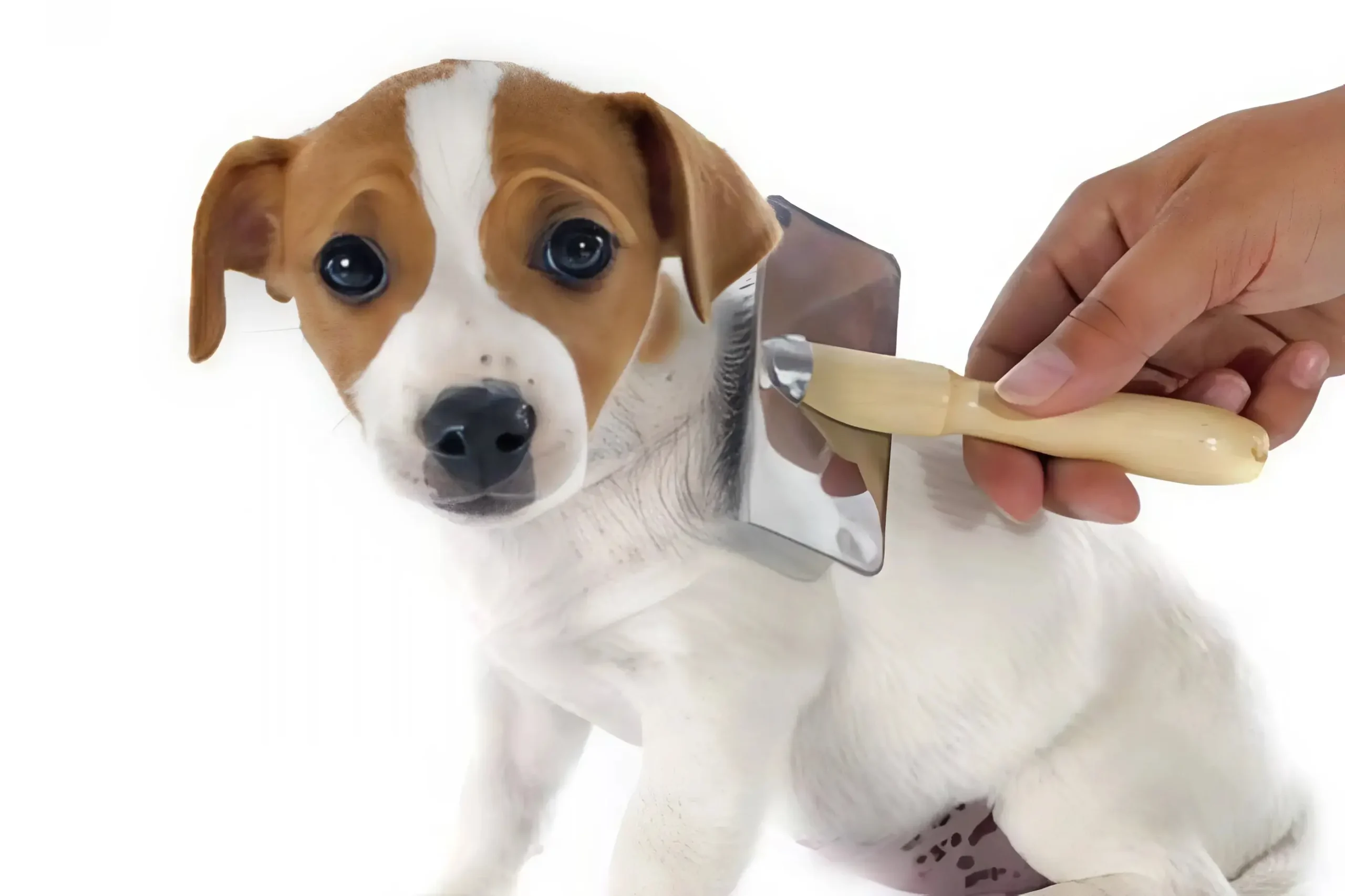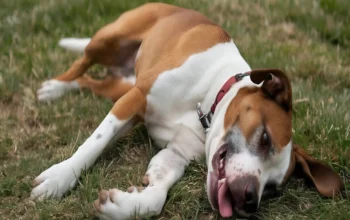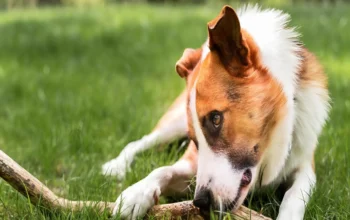Pena Global – Worried about your dog’s hair loss? Discover the most common causes and natural ways to stop shedding, restore your dog’s coat, and keep their skin healthy.
Ever been confused about why your dog is losing hair all over the place? You’re not alone. Dog hair loss (or shedding, as we often call it) can be a stressful sight, especially when it’s more than just a seasonal thing. Whether it’s bald patches, constant scratching, or clumps of fur around the house, it’s enough to make any dog owner concerned.
But before you panic and blame your shampoo or grooming tools, let’s dive into why this might be happening and what you can do about it—naturally and effectively.
What Causes Dog Hair Loss?
There are actually quite a few reasons why your dog’s coat might be thinning. Some are harmless and temporary, while others could signal underlying health issues that need proper attention.
1. Allergies
Just like humans, dogs can suffer from allergies. Whether it’s caused by food, pollen, dust, or even the shampoo you’re using, allergies often show up as itchy, inflamed skin—and yes, hair loss.
You might notice your dog scratching more than usual, licking certain areas excessively, or developing red patches or rashes. These reactions lead to fur falling out around the irritated zones.
2. Genetic Factors
Certain breeds are just more prone to hair loss due to their genetic makeup. Dogs like Bulldogs, Chihuahuas, Dachshunds, and Maltese are known for developing bald patches, particularly on the ears, chest, neck, or belly.
These hereditary conditions can show up early in life or appear gradually as the dog ages.
3. Environmental Changes
If you live in a warm climate and your dog is a cold-weather breed like a Siberian Husky or Alaskan Malamute, they might shed excessively to adjust to the temperature. This is completely normal—but it can be frustrating during the hot season.
Living in tropical environments can cause certain dogs to shed more frequently than those in colder climates. It’s the body’s way of staying cool.
4. Skin Infections
Fungal, bacterial, or parasitic infections can also lead to dog hair loss. Infections caused by mites, fleas, or ticks often result in bald spots, scabs, or even pus-filled sores.
Infected areas are usually itchy and can appear around the eyes, ears, mouth, or legs. These conditions are highly contagious among dogs, so it’s important to isolate the infected pup and treat them quickly.
5. Hormonal Imbalances
Hormonal issues like hypothyroidism or Cushing’s disease can cause dogs to lose their fur, often in symmetrical patterns. You might also notice other symptoms like weight loss, bloating, or lethargy.
This type of hair loss doesn’t usually resolve on its own and requires veterinary diagnosis and treatment.
6. Insect Bites
Bee stings or insect bites can cause localized reactions, resulting in itching and swelling. Dogs will naturally scratch or bite at the affected area, which can lead to temporary hair loss. Thankfully, this usually resolves on its own once the reaction subsides.
7. Stress or Anxiety
Dogs can experience emotional stress just like humans. Moving homes, being left alone for too long, or changes in household routines can lead to anxiety-related behaviors like over-grooming or biting, which cause fur loss.
Other signs of stress may include trembling, loss of appetite, diarrhea, or restlessness.
8. Pressure Sores
Older dogs or those with mobility issues might develop pressure sores—particularly on joints like elbows. These spots are constantly rubbing against hard surfaces, which can wear down the fur and cause bald patches.
To prevent this, provide your dog with soft bedding and consider using moisturizing creams made specifically for pets.
9. Nutritional Deficiencies
Hair health starts from the inside. If your dog isn’t getting enough protein, healthy fats, or vitamins like A and E, their coat may become dull, thin, or fall out in patches.
Dogs suffering from malnutrition might also eat strange things like plastic, paper, or rocks—a condition known as pica.
How to Treat and Prevent Dog Hair Loss
Once you’ve figured out the root cause, it’s easier to manage your dog’s hair loss and bring back that fluffy, healthy coat.
1. Consult a Vet First
The first step is always to talk to a vet—especially if the hair loss is sudden, severe, or accompanied by other symptoms like sores or extreme itching. A vet can help diagnose the issue and recommend the best course of treatment.
2. Use Targeted Medications
Depending on the diagnosis, your vet might prescribe:
- Topical antifungal creams for ringworm or yeast infections
- Antibiotics for bacterial skin conditions
- Antihistamines for allergy relief and itch reduction
- Steroid-based anti-inflammatory drugs for autoimmune issues
- Hormone therapy for imbalances like hypothyroidism
- Nutritional supplements for dogs lacking essential nutrients
3. Maintain a Balanced Diet
Feed your dog high-quality food that’s rich in omega-3 and omega-6 fatty acids, protein, and vitamins. Fish oil or flaxseed oil supplements can also help restore shine and reduce shedding.
Look for ingredients like chicken, salmon, sweet potatoes, and leafy greens in their diet.
4. Improve Grooming Habits
Regular brushing helps remove loose fur and spreads natural oils across your dog’s coat. Choose the right brush based on your dog’s coat type—slicker brushes work for long hair, while rubber curry brushes are better for short-haired breeds.
Also, avoid over-bathing. Stick to dog-specific shampoos with natural ingredients like oatmeal or aloe vera.
5. Reduce Environmental Stress
Keep your dog’s environment calm and structured. Provide enough exercise, social interaction, and safe space to relax. Calming treats or aromatherapy diffusers made for pets can also help.
6. Prevent Parasites
Regular flea and tick treatments are essential. You can also use natural alternatives like diluted essential oils or herbal collars, but always check with your vet first.
Final Thoughts
Dog hair loss can be a minor seasonal issue—or it could be a sign of something more serious. Either way, it’s something you don’t want to ignore. Start by observing your dog’s habits, check their skin regularly, and consult your vet if anything seems off.
Taking the right steps early can save you a lot of worry (and vacuuming).
What do you think? Let’s get started today.






